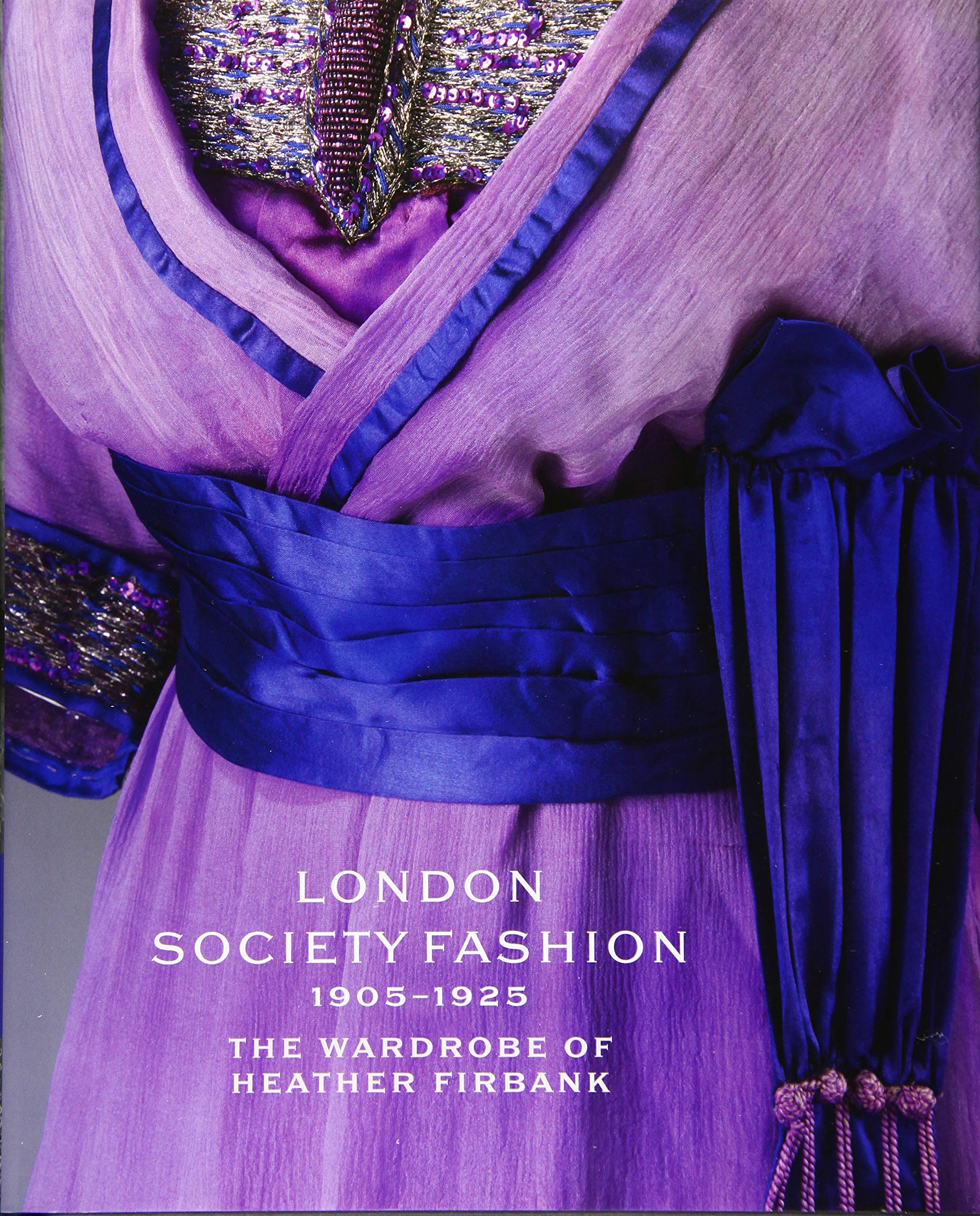The Tragic Life (and INCREDIBLE wardrobe) of Heather Firbank
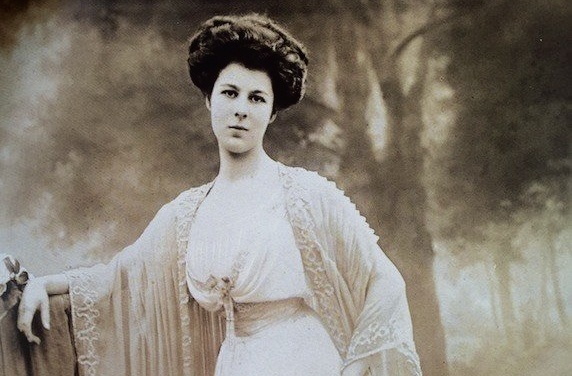
Heather Firbank at 20, photo by Lallie Charles, circa 1908, London.
“In the event of my death, I request that these envelopes (4) containing letters may be unopened and burnt by my Brother, Arthur Ronald Firbank.”
– Heather Firbank
The letters survived, in all their “their blushingly private contents,” and became part of the Victoria & Albert Museum, London’s costume collection, “forming the nucleus of the museum’s world-renowned collection of 20th-century dress.”
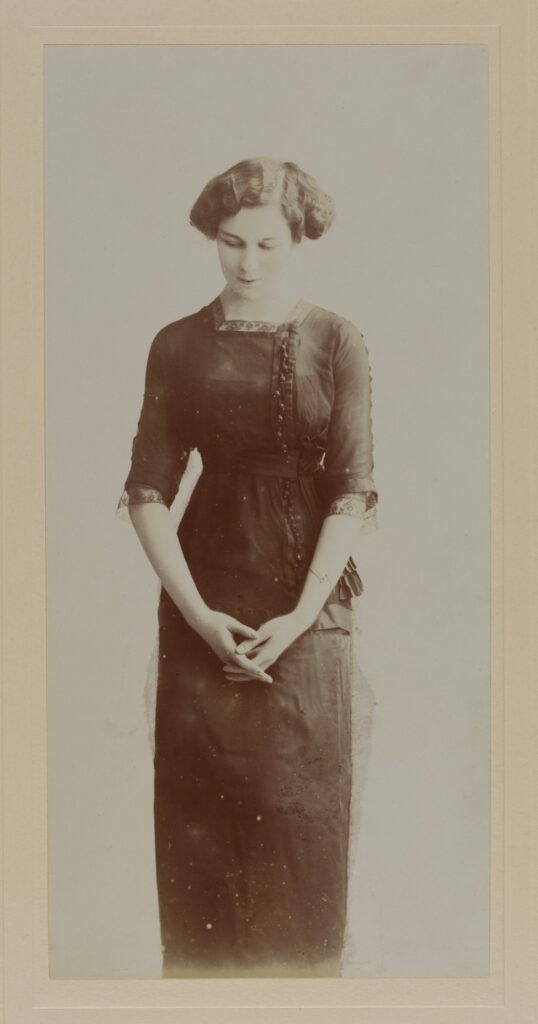
Photo of Heather Firbank by Rita Martin, circa 1912
It was in 1960, through a donation, that the Victoria & Albert museum acquired more than 100 pieces of apparel, from the wardrobe of Heather Firbank, “expensive clothes bought from leading couturier houses,” which her nephew had inherited at her death in 1954.
To celebrate, an exhibition was planned and held, called ‘Lady Of Fashion.’ It took three years to work out the details of the acquisition, the collection was first offered in 1957. V&A also got Firbank’s personal correspondence & bills from fashion houses, so very many bills. Some of Firbank’s apparel was donated to other museums and collections, including the Museum of London and the Gallery of Costume in Manchester.
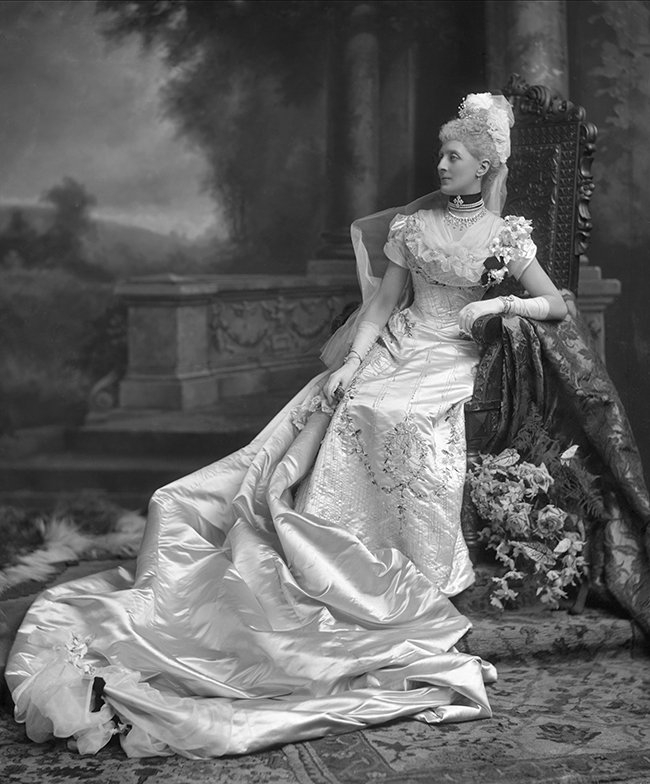
Lady Harriet Fairbank, Heather's mother, photographer unknowm, circa 1881.
“Since its acquisition, the collection has been used extensively by the museum, and pieces have featured in numerous publications and exhibitions,” said Cassie Davies-Strodder, V&A fashion curator and co-author of ‘London Society Fashion: The Wardrobe Of Heather Firbank, 1905- 1925.’
Born in 1888, Firbank was the only daughter of Sir Thomas Firbank, “an affluent Member of Parliament” and Harriett Garrett. She had 4 older brothers; one after another they all died, the whole family, until Heather was the only one left. Her brother Joseph, the oldest, died at 20 in 1904. Firbank made her court debut in 1908. Sir Firbank died in 1910 and his family inherited millions.
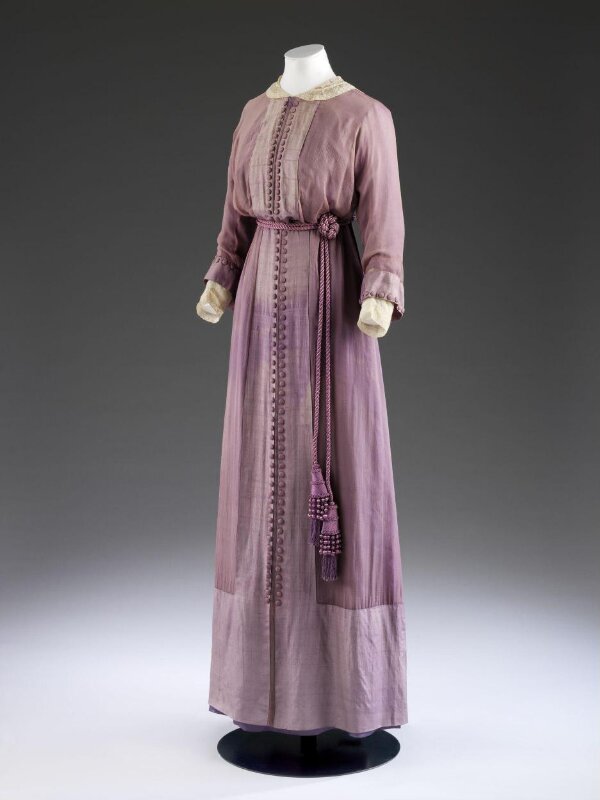
Day Dress by Mascotte, circa 1911-1912.
Firbank, used to a life of luxury, began to spend exhaustively on couture; “there are no signs she felt guilt over spending so much money on fashionable dress.” Lucile, Lady Duff Gordon, survivor of the Titanic, was her favorite designer. Her “fondness for Lucile reflected Heather’s own provocative personality.” Another brother died in 1913.
She had a series of “indiscreet affairs;” her lovers included a married war hero “30 years her senior,” a “shadowy” French man, and, maybe, the family chauffeur. She “made her way in society with a sense of audacity.” In the V&A archive, there are nearly as many love letters and scandalous notes as there are silk stockings, gloves, or hats. One well-documented liaison, with a Colonel William Kenyon Mitford, the much older man, was to cause the beginning of her [social] undoing. It began in 1910, when she was 22, the same year that she was in mourning for her father, and King Edward VII, who had died that May.
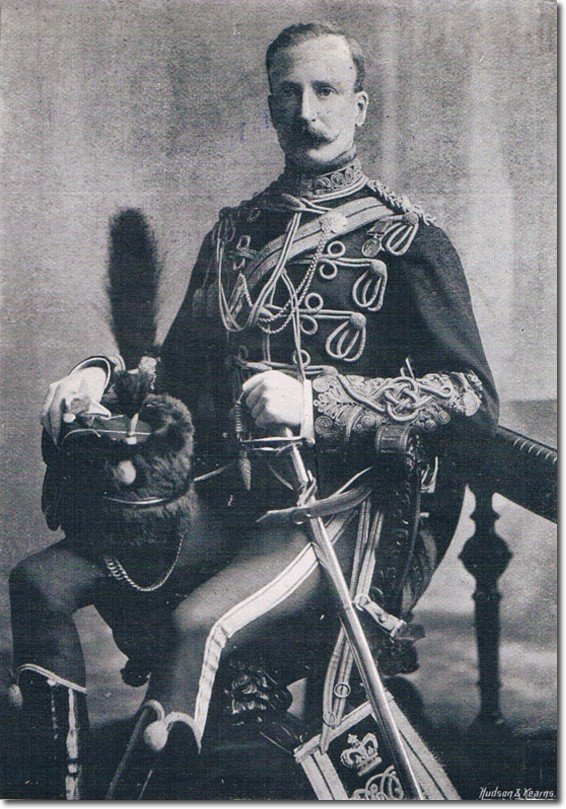
Colonel William Mitford
One love letter from the Colonel read “I longed to tell you all I thought about you, & how much I wanted you for my own ‘pal…’ But I felt I couldn't say everything to you that I had in my mind. I thought so much of you last night when you had gone to bed, and wondered if you were sleeping, or thinking too' I shall always remember these last two days; and you must always be my darling, won't you? Now, you must let me see you, dear, whenever it is possible? Letters will be quite safe. If you like better, write to Arthur's Club, St James's Street SW. Don't write to me "Colonel Mitford", it's too absurd!!!”
Another, “I long to see you again and to hold you in my arms, & just to show you how I can love you, darling, I know you think it would not be "fair" as you say in your letter, but if you know more of my life here, you would perhaps think differently. Why don't you come to me, dearie?… I would take such care of you dear one. I would be so "careful" of you.”
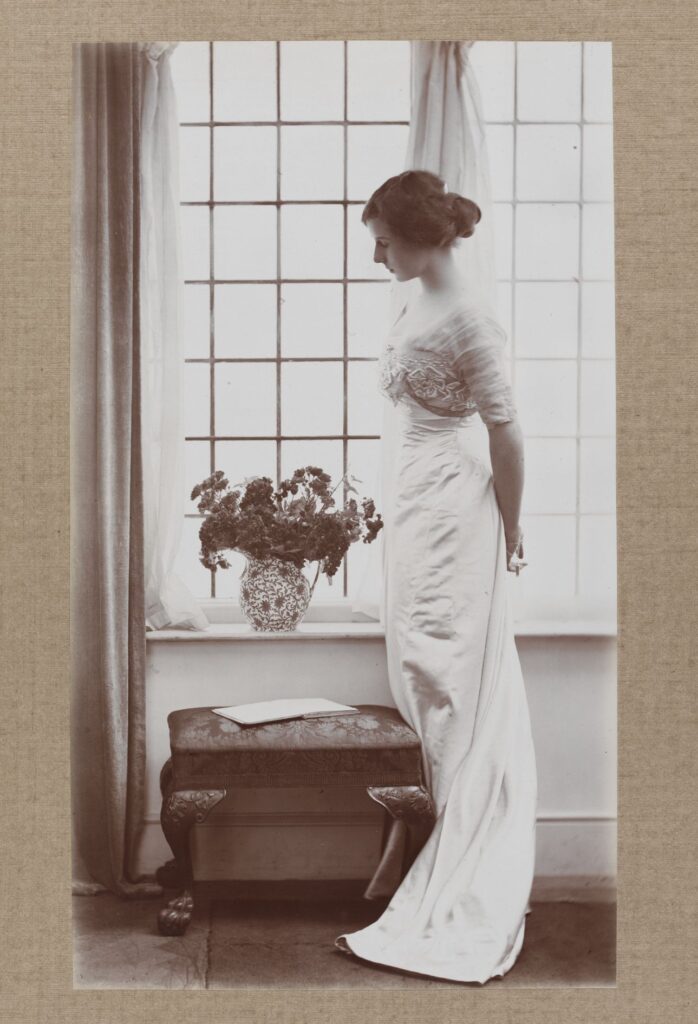
Heather Firbank, photographer unknown, circa 1911.
The couple would secretly exchange their missaves at their private clubs (Ladies' Imperial Club for Heather), or in poste restante situations (held for her to pick up, or more likely to be picked up by her maid.) As best they tried to keep her romance a secret, “all too often the Colonel was waylaid by Cicely, his wife,” and the dalliance with Firbank was discovered.
Just a few days before the coronation of King George V, in early june of 1911, the Colonel sent a late-night missave, breaking off whatever relationship existed; “Let us forget this brief madness” he said, nine months in, “'I cannot go on deceiving [my wife] Cis like this any longer, and have felt so for some time. I don't mean to be cruel to you; and I know it is far less cruel to stop this at once now. If I meet you again my resolutions would vanish, & that must not be. Let us be friends as before, & forget this brief madness, as it truly is. I am miserable writing this to you, as I know it appears unkind & heartless.'
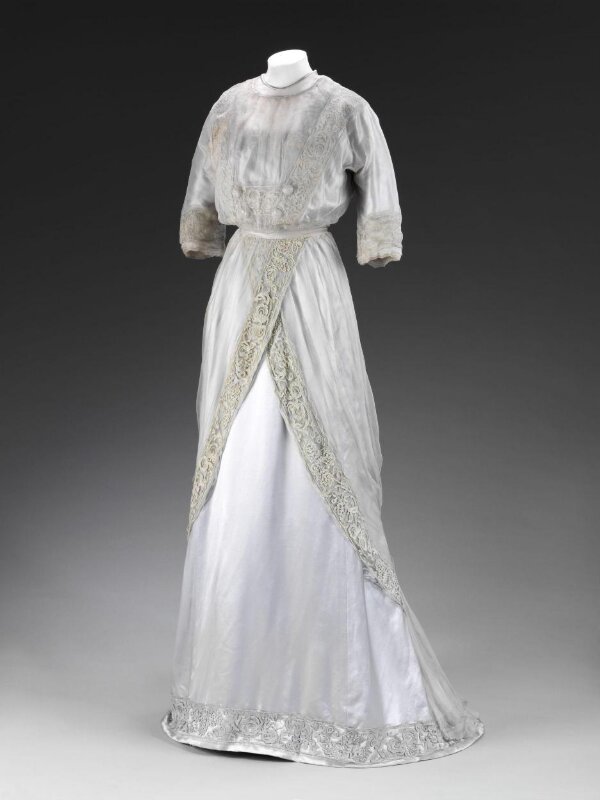
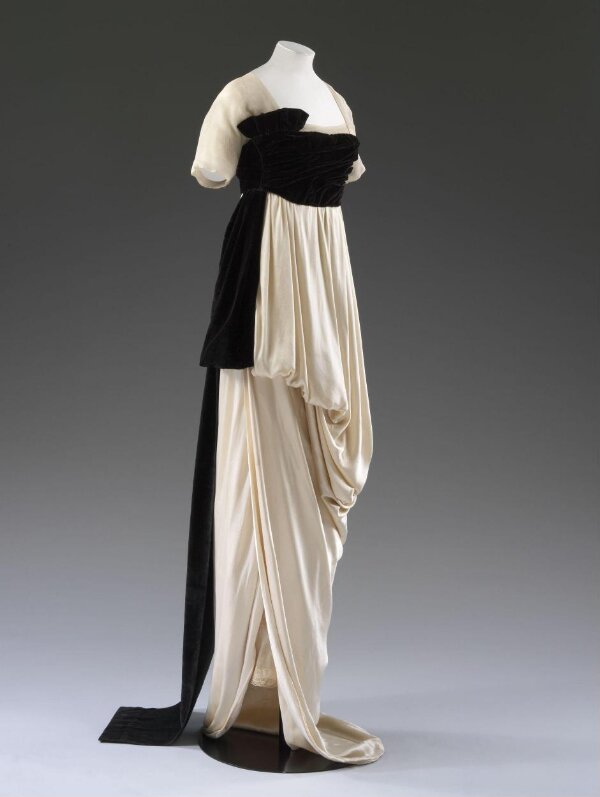
Evening gown by Lucile, circa 1912
Heather Firbank never married. After a few scandalous lovers, or even ‘maybe’ lovers, the idea of a society wedding became less and less likely. So, for the next 20 years, Firbank diligently filled her hours with her obsession: clothing. She shopped so much that it was halfway between a career and a compulsion, and the lady kept nearly everything she bought.
The insane invoices Firbank’s spending generated were the cause of family strife for years; “she felt it was her right. It evidently gave her enormous pleasure.” Perhaps, without a family of her own, in an era when a woman of means was not really allowed to pursue intellectual or commercial interests. The endless invoices for filmy lingerie, dinner dresses, ball gowns, when discovered, led to bickering and fights within the family, especially between mother and daughter as the family fortunes began to dwindle.
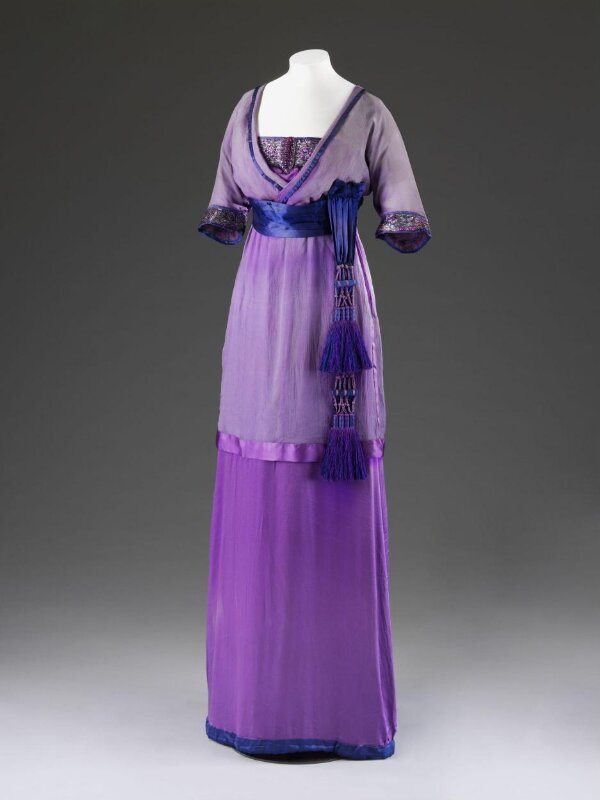
Evening gown by Luciile, 1912. Purple was Heather's favorite color.
By 1921, after years of spending to excess, Firbank was plummeting into financial decline. The situation deteriorated until she was no longer able to afford her own home, was forced to leave and moved with her mother to a “cut-rate place in the country.”
Firbank kept what she could, sold what she had to, and her maid, Adelaide Hallett, packed Heather’s massive wardrobe into 24 trunks which went into storage. “She could not part with her clothes.” Firbank apparently assumed that her fortunes would reverse and that one day her status would be restored. It never happened. When mom died in 1924, Heather’s only remaining brother, Ronald, an openly gay novelist, famous for his “series of ingeniously camp novels,” was busy drinking himself to death. He died just before his 40th birthday in 1926.
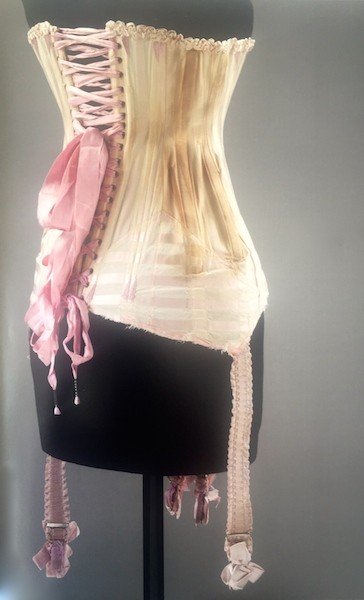
All of Heather's (mostly silk) underwear was embroderid with her name and a sprig of flower she was named for.
Since 2018 fashion historian Rachel Elspeth Gross has run her popular blog, Today’s Inspiration, about the history of high-end fashion design. Drawing more than 40,000 individual readers every day; Rachel’s ever-growing audience includes some of the biggest names in Fashion, Haute Couture, Fashion Journalism, and Fashion History academics. Her work has been featured in Women’s Wear Daily, the New York Times, Italian Harper’s Bazaar, and The National News; writes for The Vintage Woman magazine. In 2020 she began the IGLive series Couture Kibbitz with vintage fashion pioneer Cameron Silver. In 2021 she began to work the Little Red Fashion Company.
Sources:
Boase, Tessa (2021, April 29) The Seduction of Heather Firbank, Edwardian It Girl. Tessaboase.com.
Bigham, Randy Bryan (2015)Beautiful and Damned. The Lady.
Anea Costumes (May 8, 2016) The wardrobe of Miss Heather Firbank (1888-1954)
(2022, March 8) Search Results with Images, Heather Firbank. Victoria & Albert Museum Costume Collection.
Davies-Strodder, Cassie; Lister, Jenny; and Taylor Lou (May 5, 2015) London Society Fashion 1905–1925: The Wardrobe of Heather Firbank. V & A Publishing. UK. ISBN-13: 978-1851778317
